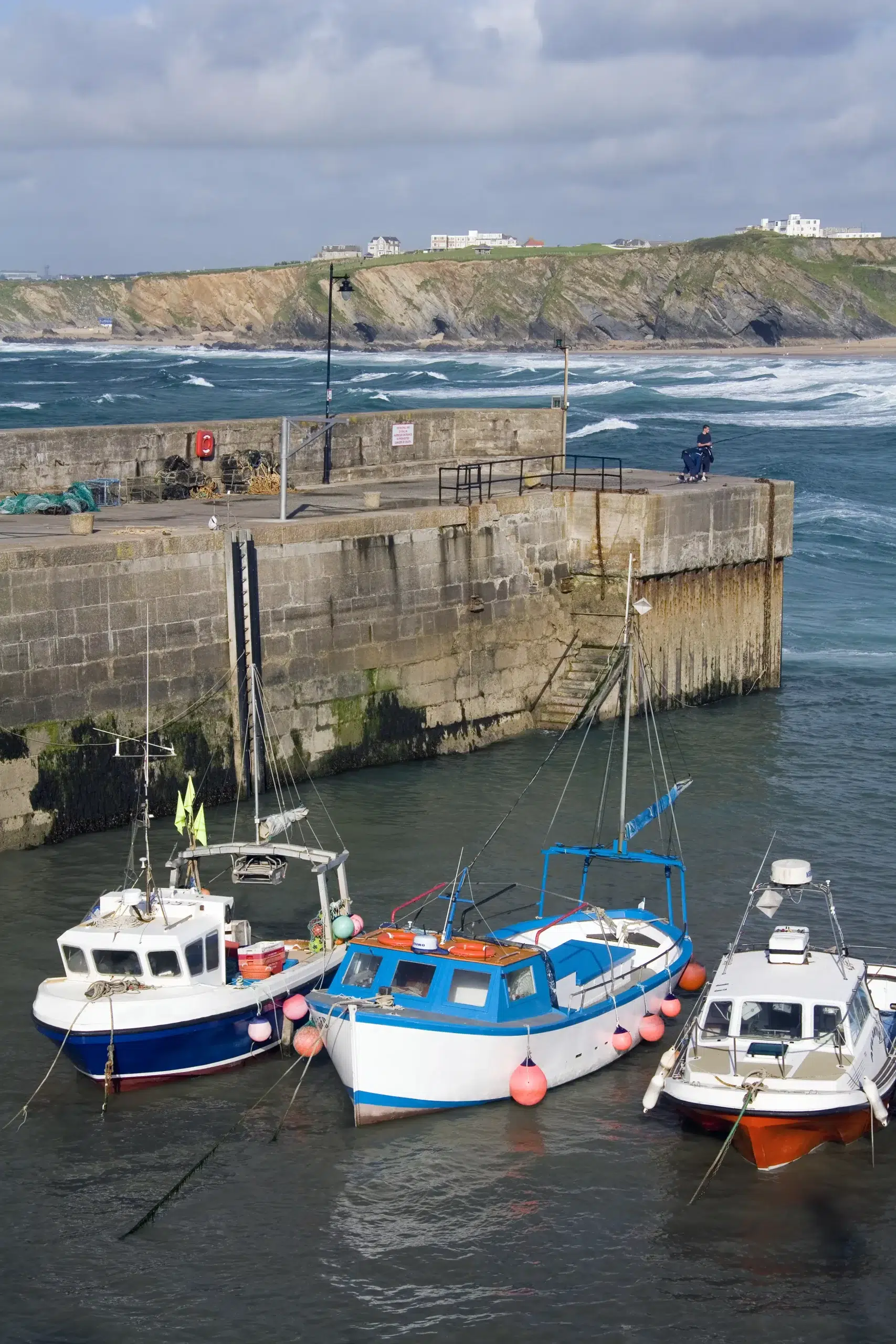
Drain repairs Cornwall have always been about keeping water moving in places where land drops steeply to the sea. That truth shapes the story of two historic ports: Saltash on the Tamar and Falmouth on the Fal. In these towns, cast-iron downpipes and brick culverts still shoulder twenty-first-century storms.
Saltash: hillside gutters and an ever rising Tamar
Drain repairs Saltash stretch across steep slopes that spill toward Brunel’s bridge. Early streets relied on open drains that channelled runoff straight to the estuary. Victorian engineers buried those in combined clay and cast-iron pipes but time, traffic and modern runoff volumes have strained the system. Paved driveways and steeper roofs shed more water than the original gullies were built to take. When a heavy front parks over the Lynher valley, mud and leaf fall can choke roadside pots within an hour. Blocked drain repair Saltash requests spike every autumn, Saltash Town Council lists the same flooding hot spots after nearly every downpour.
Climate shifts bring sharper rainfall and longer dry spells, which crack old clay collars. Emergency drain repairs Saltash often involve flexible liners that can handle higher flows and ground movement. Such minor interventions that help the system breathe until full upgrades arrive. For some properties, a timely Saltash drain repair service also means fewer damp patches and lower insurance excess.

Falmouth: tide-locked pipes and granite lanes
Broken drain repair Falmouth stories often begin in granite laneways where culverts once tipped stormwater straight onto the shore. As houses crept uphill, combined sewers carried both foul and surface water downhill to the docks. At spring tides, the outfalls can sit below sea level, letting saltwater push back into cellars on Chapel Street. With sea-level rise, these tide-locked windows are expected to grow longer and more frequent. Environment Agency maps warn that coastal streets could face high tide and high rainfall at once far more often by mid-century.
Modern drain repairs Falmouth must stop leaks and keep brine out. A CCTV scan might reveal a fractured joint on a 150-year-old pipe; if so, we fit a patch liner or HDPE section that shrugs off salt and flexes under traffic. A recent Falmouth drain-pipe repair beneath a seventeenth-century warehouse used cured-in-place lining so the granite floor stayed intact, and trade continued uninterrupted. Whether it’s an emergency drain repair Falmouth job or planned works, the brief is the same: durability without disruption.
How thoughtful repair protects the wider catchment
Every drain repairs Cornwall project, whether a quick point patch or a full dig-down, aims to hold stormwater until the tide drops and keep foul waste out of treasured rivers and coves. Fixing a single pipe displacement stops soil washing through the break. Mending a crumbling gully pot prevents debris slipping into the next choke-point downhill. In Saltash, that means fewer silt pulses into the Tamar. In Falmouth, it means clearer Blue Flag water after a squall.
Local monitoring shows legacy pollution still settles in Cornwall’s intertidal flats, so every avoided overflow counts. For councils, each mapped repair becomes another data point for future capacity modelling. For homeowners, it’s the patch that spares the basement, the garden, or the excess clause in next year’s renewal.

